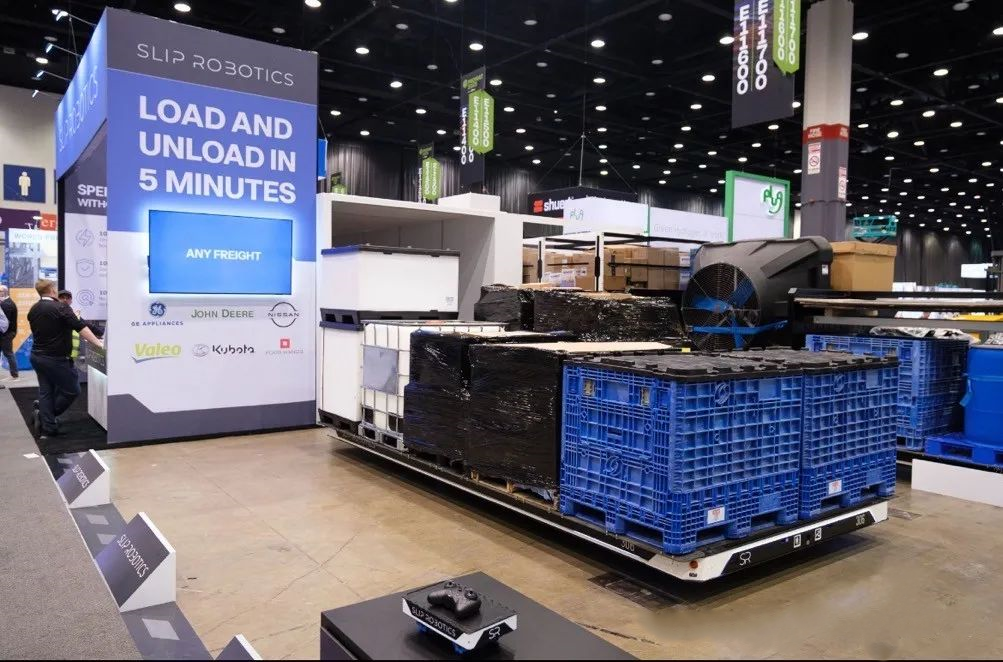Last week at ProMat 2025, the conversations went beyond flashy robot demos. Our team met with clients and partners, and the energy around warehouse automation, supply chain optimization, and robotics was electric. The real insights came from shifts in how companies approach automation—from budgeting to integration to software strategy.
Here’s what stood out this year (beyond the obvious trends):
1. Automation Without Reinvention
Gone are the days when warehouse automation required a "rip-and-replace" approach. The biggest momentum at ProMat? Brownfield solutions designed to work within existing facilities—no rack demolition or full redesigns needed.
Why it matters:
Companies like Geek+, Quicktron, and Simpl are leading with modular systems that layer automation incrementally.
Example: Retrofit AMRs that navigate legacy layouts with ±5mm accuracy, avoiding costly infrastructure changes.
Key takeaway: You don’t need a greenfield site to automate. Start where you are.
2. Scalability is the New Mandate
Not every company needs (or can afford) a mega-scale AS/RS upfront. Demand is surging for right-sized, expandable systems that grow with operations.
Spotlight innovations:
AutoStore’s Pio: A "starter" AS/RS that scales from 50 to 500+ bins.
Locus Robotics’ pay-as-you-go model: Robots deployed in weeks, not months.
Data point: 45% of mid-sized firms now opt for phased automation, cutting ROI timelines by 50%.
3. Warehouse Software Gets Unified
The rigid lines between WMS, WES, and WCS are blurring. Vendors are pivoting to Warehouse Optimization Software (WOS)—a single layer for planning, execution, and control.

What’s driving this?
AI-driven orchestration: LLMs like Oracle Adaptive WOS auto-resolve exceptions in real time.
API-first architectures: 67% of 2025 RFPs now require open integration (per Tompkins data).
Bottom line: The focus shifts from "which system does what" to "how systems collaborate."
The Big Picture
ProMat 2025 confirmed what we’ve seen in the field: Companies want solutions for today’s realities—not just futuristic ideals.
Whether it’s:
Automating without disrupting working systems
Scaling smartly over time, or Simplifying the software stack
The theme is the same: Make automation practical.
Your turn: What trends surprised you at ProMat? How are you adapting? Share below!